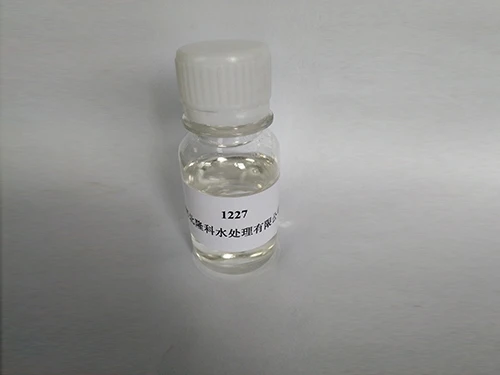Applications of Poly Aluminium Chloride in Water Treatment Processes and Benefits
Poly Aluminium Chloride A Versatile Solution in Water Treatment
Water treatment is a fundamental aspect of maintaining public health and protecting the environment. Among the various chemicals used for water purification, Poly Aluminium Chloride (PAC) stands out due to its effectiveness, cost-efficiency, and versatility. In this article, we will explore the uses of PAC in water treatment, examining its properties, mechanisms, and benefits.
What is Poly Aluminium Chloride?
Poly Aluminium Chloride is a highly efficient coagulant widely used in the treatment of drinking water, wastewater, and industrial effluents. PAC is an inorganic polymer, typically produced by the reaction of aluminium hydroxide or aluminium oxide with hydrochloric acid. The resulting compound provides a high charge density, which facilitates rapid coagulation and flocculation processes.
Mechanism of Action
The coagulation process plays a crucial role in water treatment, as it helps remove suspended solids, colloidal particles, and other impurities. When PAC is introduced into water, it acts by neutralizing the negative charges on particles that cause them to remain suspended. The positive charges on PAC attract these negatively charged particles, leading to the formation of larger aggregates, known as flocs. These flocs can then be easily removed through sedimentation or filtration processes.
Applications in Different Water Treatment Processes
1. Drinking Water Treatment One of the primary applications of PAC is in the treatment of drinking water. Its ability to effectively remove turbidity, color, and organic matter makes it an ideal choice for municipal water supply systems. Additionally, PAC reduces the levels of pathogens, thereby enhancing the overall safety of drinking water.
2. Wastewater Treatment PAC is extensively used in the treatment of industrial and municipal wastewater. It efficiently removes suspended solids, phosphates, and other contaminants that can harm aquatic ecosystems. By facilitating the coagulation of these impurities, PAC improves the quality of treated effluent, making it suitable for discharge into water bodies or reuse.
3. Sewage Treatment In sewage treatment plants, PAC is instrumental in the primary and secondary treatment stages. It helps in clarifying sludge and enhancing the separation of solids from liquids. This not only improves the efficiency of wastewater treatment but also minimizes odors and other undesirable characteristics.
poly aluminium chloride uses in water treatment

4. Recycling and Industrial Uses Beyond municipal applications, PAC finds uses in various industries, including paper manufacturing, textile processing, and metal finishing. It contributes to the clarification of industrial water streams, making it essential for processes where water quality is critical.
Advantages of Using PAC
1. Higher Efficiency PAC often outperforms traditional alum in removing turbidity and other contaminants, requiring lower doses and resulting in less sludge production.
2. Fast-acting The coagulant works quickly, allowing for rapid treatment processes, which is vital for meeting the high demand for clean water in urban areas.
3. pH Range Tolerance PAC is effective over a wide pH range, making it versatile for various water types and conditions.
4. Reduced Environmental Impact The lower sludge production not only simplifies disposal but also reduces the environmental footprint associated with water treatment.
5. Cost-effective The overall cost of using PAC can be lower than other coagulants due to the reduced need for additional chemicals and processing time.
Conclusion
Poly Aluminium Chloride is a crucial player in modern water treatment processes. Its unique properties and mechanisms make it an effective coagulant that enhances the quality of drinking water, wastewater, and industrial effluents. As global water challenges continue to grow, the role of PAC in providing safe, clean water becomes increasingly vital. Future innovations in water treatment will likely continue to leverage the benefits of PAC, ensuring that communities worldwide have access to reliable and safe water sources.
-
Dodecyldimethylbenzylammonium Chloride: High-Purity DisinfectantNewsAug.30,2025
-
2-Phosphonobutane-1,2,4-Tricarboxylic Acid: Scale & CorrosionNewsAug.29,2025
-
Premium Isothiazolinones | Broad-Spectrum Biocidal SolutionsNewsAug.28,2025
-
LK-319 Special Scale And Corrosion Inhibitor For Steel Plants: Advanced Solutions for Industrial Water SystemsNewsAug.22,2025
-
Flocculant Water Treatment: Essential Chemical Solutions for Purification ProcessesNewsAug.22,2025
-
Isothiazolinones: Versatile Microbial Control Agents for Industrial and Consumer ApplicationsNewsAug.22,2025





